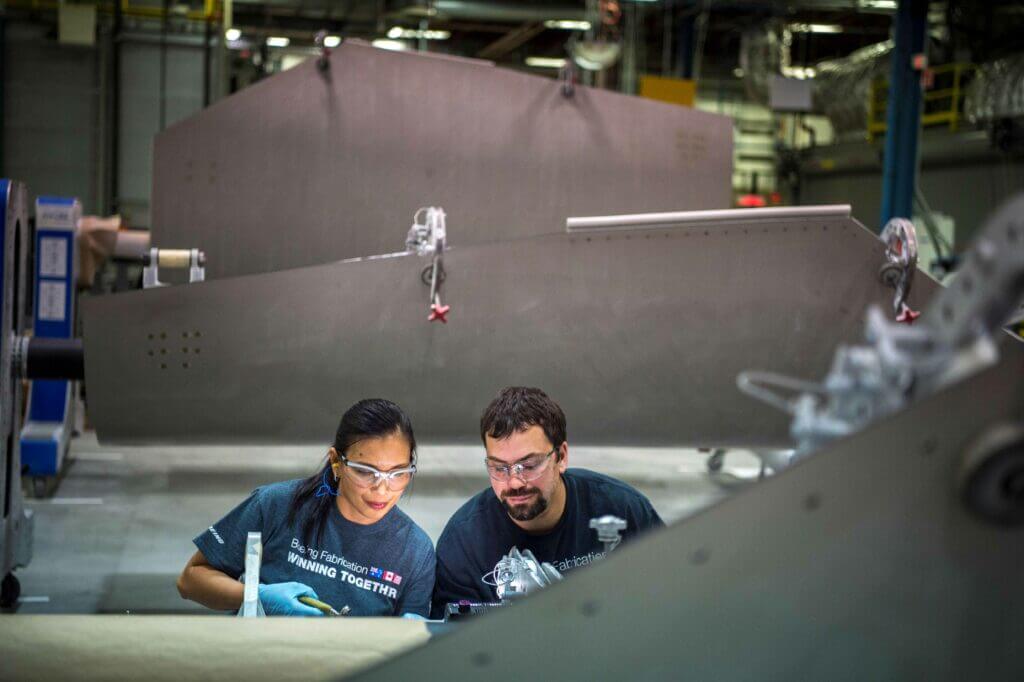Estimated reading time 12 minutes, 12 seconds.
Charles “Duff” Sullivan joined the Boeing Global team in August 2020 as country leader, managing director, and president of Boeing Canada Operations Ltd.
As head of Boeing in Canada, Sullivan leads nearly 2,000 full-time Boeing employees at 13 business locations across the country. Boeing’s footprint in Canada also includes over 550 suppliers, more than 500 commercial airplanes, and 100 military aircraft.
Sullivan is a former general officer and senior military commander who has served at the highest levels of operational command and leadership. He entered the private sector in November 2009 following a 31-year career in the Royal Canadian Air Force. Over the years, Sullivan has supported initiatives related to defense and security, aviation and aerospace, and leadership and ethics.
Skies: Describe your role as president of Boeing Canada and some of the challenges that came with stepping into that position during a global pandemic.
Duff Sullivan: The Boeing-Canada business relationship is over 104 years old, and having the opportunity to bring the best of Boeing to Canada and the best of Canada to Boeing is the type of dream job I’ve always hoped for.
As Boeing’s country leader in Canada, my mandate is to provide presence, representation, and leadership across Canada’s aviation and aerospace sectors, and champion Boeing’s brand, identity, reputation, and business opportunities through direct engagements with industry leaders, federal and provincial governments, and aviation and aerospace councils and associations country-wide.

When I stepped into my new Boeing role, the company was in a challenging environment, including a pandemic that had forced a steep decline in commercial aviation. We were living our lives virtually, wearing masks, bumping elbows instead of shaking hands — not unlike the challenges I faced in my previous role as chairperson and CEO of Canada’s Transportation Appeal Tribunal.
Now, three years into my Boeing role, what I find most encouraging is how quickly the market has recovered — in Canada and globally — and that it is showing no signs of slowing down. The aerospace industry is forecasting a demand for over 41,000 new airplanes over the next 20 years as the aviation industry continues to recover from the pandemic. Overall, Boeing forecasts that the global fleet will increase more than 80 percent through 2041, when compared to 2019 pre-pandemic levels. More than 60 percent of fleet growth is fueled by new delivery demand, led by North America, Europe, and Asia.
Skies: How are Boeing sites and subsidiaries in Canada working to shape the future of aerospace?
D.S.: We have a large presence in Canada, but the two sites I would like to highlight are Vancouver and Winnipeg.
Our Boeing Vancouver portfolio team continues to innovate and bring to market advanced software solutions that help keep the world’s fleet flying safely and efficiently. This includes the development and launch of Insight Accelerator, a new solution that enables operators to develop their own predictive maintenance algorithms to detect component degradation or failure. This solution can help save time and money by avoiding unwanted disruptions to operations.
In Winnipeg, our talented team of manufacturing technicians and engineers are building composite components and assemblies for all current 7-series Boeing jetliners. Light-weight composites offer several advantages — such as reduced fuel consumption by our airplanes — but the Winnipeg team is also actively engaged in ensuring sustainable manufacturing operations. For example, through a series of employee-led improvement projects, the facility’s electricity usage was reduced by 16 percent in 2022 compared to 2017; the newest building expansion is LEED Silver certified; and the Indigenous employee resource group is working on restoring one of the few remaining fragments of tallgrass prairie in Manitoba that happens to sit on Boeing Winnipeg property.
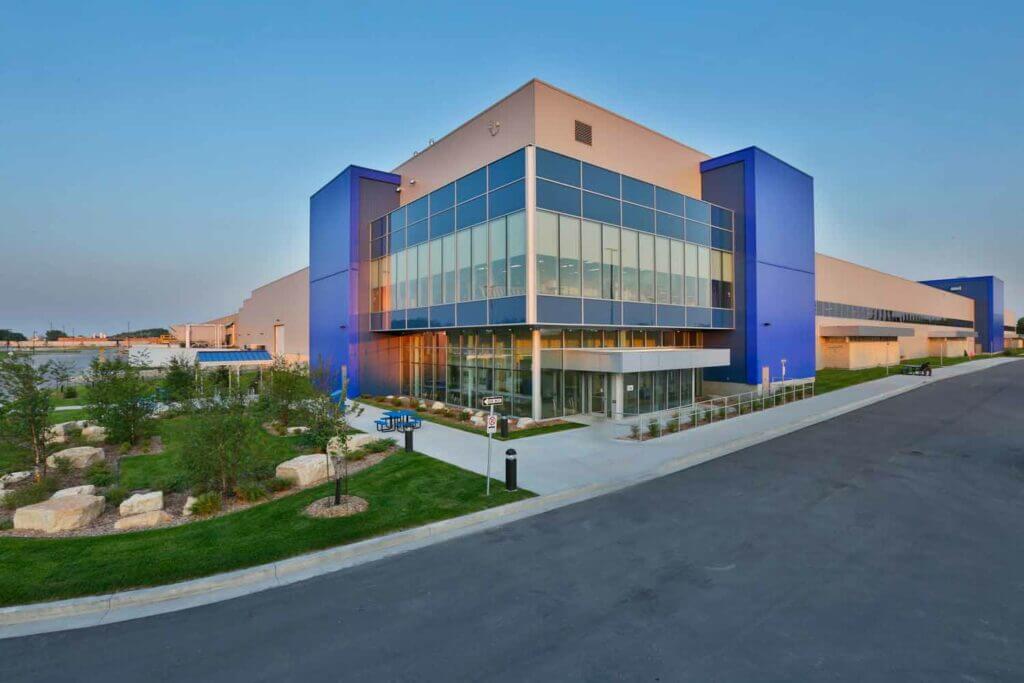
Skies: Can you share any new developments within Boeing Canada facilities? Any upcoming or recent civil contracts?
D.S.: We are particularly excited this year to be opening two 737-800 freighter conversion lines at KF Aerospace MRO in Kelowna, British Columbia. Canada will join Boeing’s global network of conversion facilities, which is critical to supporting the strong global demand for freighters.
To put things in context, Boeing predicts that the world’s cargo fleet will require nearly 2,800 production and converted freighters for growth and replacement through 2041, with traffic doubling and the world’s freighter fleet expanding by more than 60 percent over the next 20 years.
A third of deliveries will consist of new production freighters, while the remaining two-thirds will be freighter conversions, such as the 737-800 Boeing Converted Freighter (BCF).
Skies: What is Boeing Canada’s breakdown between the commercial and defense sectors?
D.S.: With over 500 Boeing commercial airplanes in service and on order with Canadian air carriers, Boeing airplanes account for 875 flights daily across Canada, which represents more than 60 percent of commercial airplane market share.
Boeing defense capabilities championed by Canada’s military are equally impressive. Most appropriate for Canadian humanitarian and disaster relief operations at home and abroad are Boeing’s CC-177 Globemasters in Trenton and CH-147 Chinooks in Petawawa, Ontario.
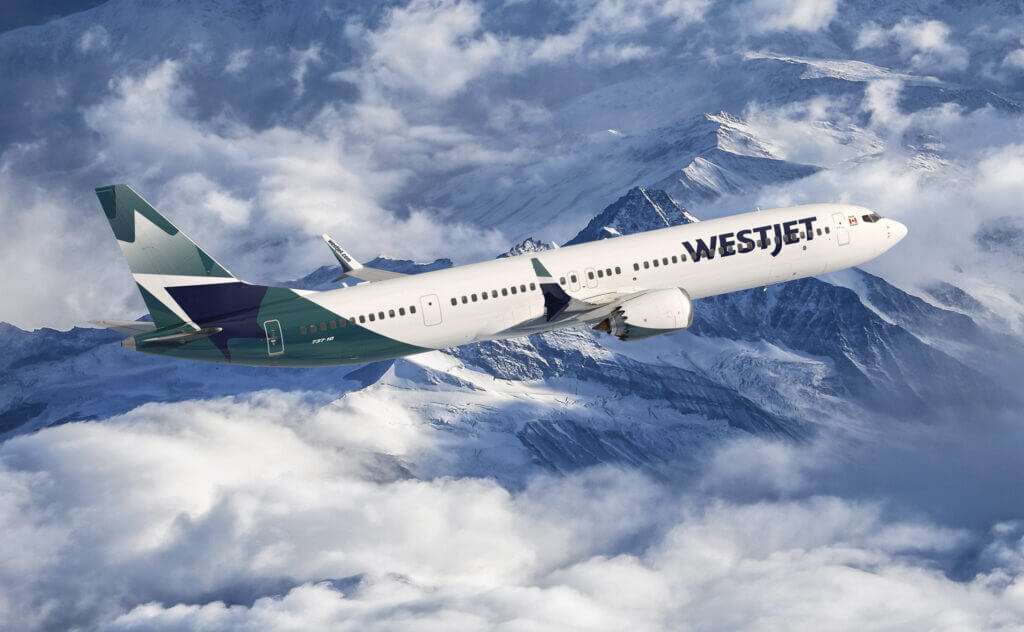
Boeing’s CF-18 Hornet fleet recently celebrated its 40th anniversary and will continue flying well into the 2030s thanks to upgrade and life extension programs. Boeing continues to provide the Integrator UAV to the Canadian Army and Special Forces and the Harpoon missile system for Canadian frigates. Noteworthy is the “localization” of Boeing’s In-Service Support and Sustainment (ISSS) program for the CH-147 Chinook heavy-lift helicopters, which is 100 percent delivered by Canadians.
Also of note, Boeing Global Services brings innovative solutions and unparalleled aviation experience to customers around the world — including in Canada. Canadian customers rely on our services and we have hundreds of employees based in Canada who develop and deliver tools that improve performance and reliability.
Skies: What was your response to the P-8 being identified by the Canadian government as “the only currently available aircraft that meets all of the operational requirements” for the Canadian Multi-Mission Aircraft (CMMA) project?
D.S.: It’s an accurate assessment by the Canadian government. The P-8 is the only aircraft proven to meet all high-level mandatory requirements for a Canadian multi-mission aircraft. My response was, and still is, gratitude that our leaders recognize this reality.
As a proud Canadian with 31 years of service to our country in the Royal Canadian Air Force, I have first-hand experience with the complexities involved to protect Canada’s oceans and borders. Factoring in the added capability to serve as a reconnaissance and humanitarian response aircraft, it’s clear that the P-8 is the only military off-the-shelf multi-mission maritime patrol aircraft that meets all requirements today, and to serve and protect future generations.
Skies: Why would the P-8 be the right choice from both cost and capability perspectives, and in terms of its contribution to Canadian jobs and economic growth?
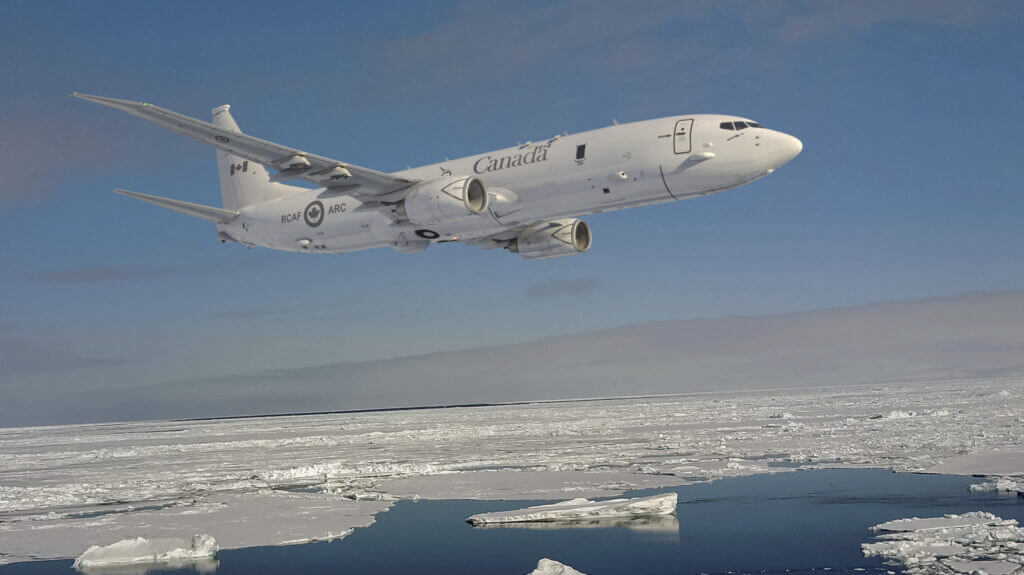
D.S.: In terms of capability, the P-8 Poseidon is without equal, and I say this with great humility. It offers anti-submarine and anti-surface warfare, as well as intelligence, surveillance, and search-and-rescue capability — all of which have been tested and proven in real events around the world. I’d like to emphasize that the P-8 is the only platform in service with all Five Eyes partners except for Canada. This means Canada will benefit from the interoperability and support network already established.
The P-8’s interoperability and track record are a value multiplier for Canada. The majority of the P-8 expense has been paid by previous P-8 customers, which means there is zero development cost associated with the acquisition. Canadian industry is also poised to gain economically and with new opportunities. Team Poseidon, our all-Canadian industry team, builds on 81 Canadian suppliers to the platform and to more than 550 Canadian suppliers across all provinces, which is direct recognition of the strength of our workforce. Taking all this into account, it’s clear that the P-8 Poseidon represents a truly Canadian solution to the CMMA project.
With more than 500,000 flight hours across the global fleet, the P-8 is the most capable multi-mission aircraft, with 159 delivered to customers including the United States, Australia, India, the United Kingdom, Norway, and New Zealand. First deliveries to Korea and Germany will take place in 2023 and 2024, respectively.
Skies: What was your response to the Super Hornet and the KC-46 Pegasus not qualifying for Canada’s Future Fighter Capability Project and Strategic Tanker Transport Capability project, respectively?
D.S.: We were of course disappointed by Canada’s announcement regarding the Super Hornet and KC-46. Both platforms offer proven capability and interoperability with the U.S. and its allies. Selection of these platforms also represented real, guaranteed jobs to companies across Canada through a robust industry plan.
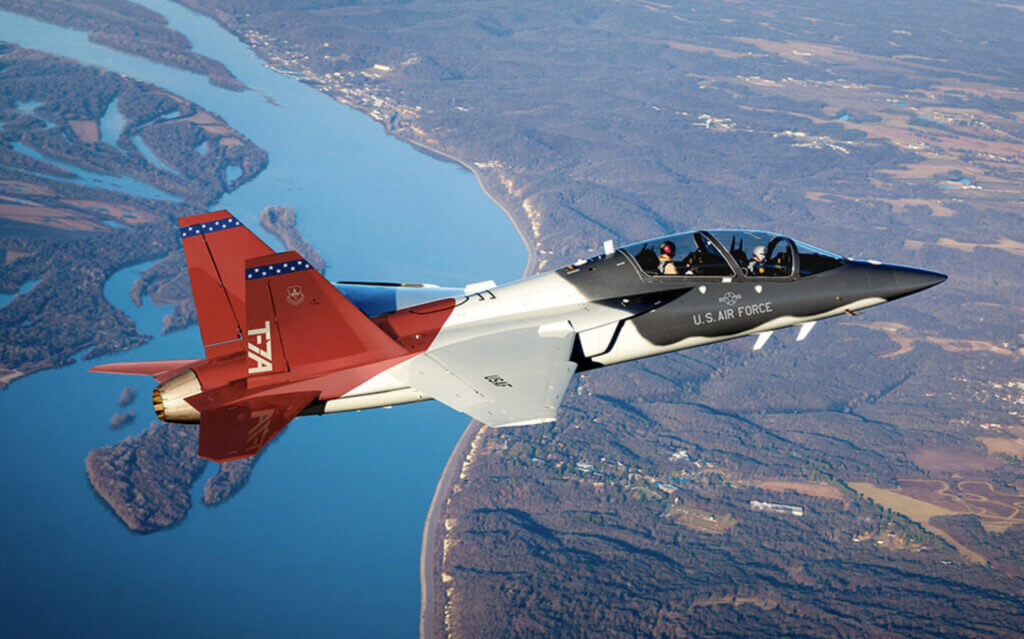
However, we look forward to competing on a fair playing field for the other solutions we can offer to Canada.
Skies: What is Boeing’s position on Canada’s Future Fighter Lead-In Training (FFLIT) program?
D.S.: The Boeing-Saab team is honored to support Canadian industries and participate in Canada’s Future Fighter Lead-In Training program, offering the most advanced pilot training system (APTS) in today and tomorrow’s markets, the T-7.
Skies: What do you hope to see for Boeing Canada through the remainder of 2023 and beyond?
D.S.: The future is very bright for Boeing in Canada. Our company-to-country relationship includes opportunities to collaborate on supply chain resilience, sustainable aviation, and innovation. A resilient supply chain will increase the global competitiveness of Canadian-based aerospace companies and further enhance Canada’s positive impact to Boeing’s ongoing global success.
Sustainable aviation initiatives will advance clean technology solutions, such as alternative fuels, and position Canada as a sustainable supplier of choice. Boeing Canada continues to work closely with the department of Innovation, Science and Economic Development on projects that will foster social and economic prosperity in the country, and embody the corporate and environmental values that will benefit generations to come.
